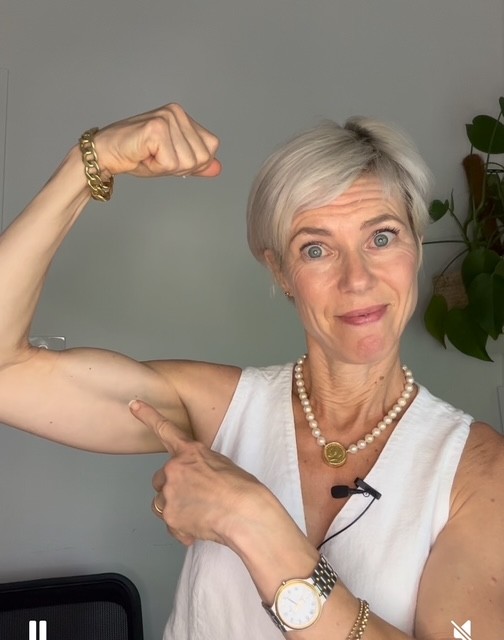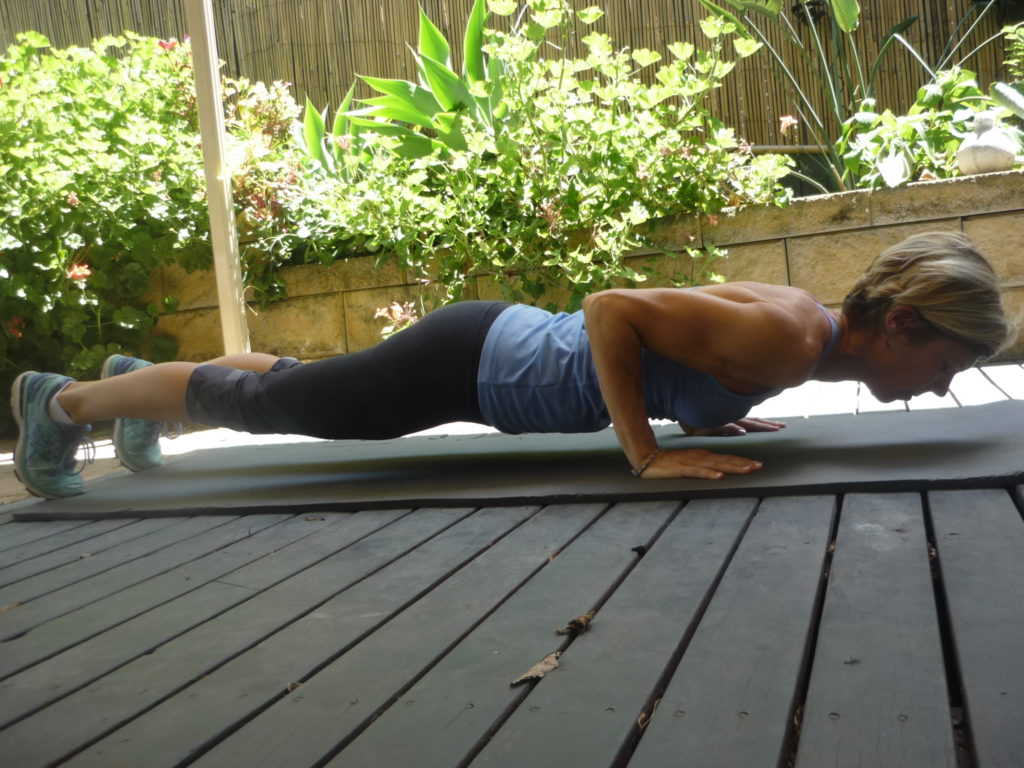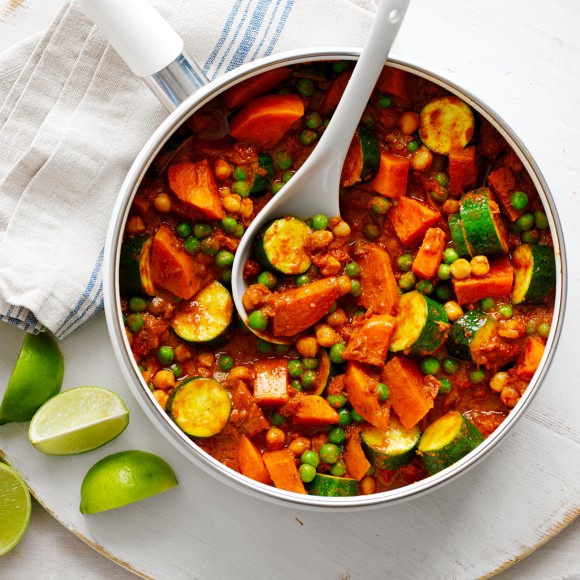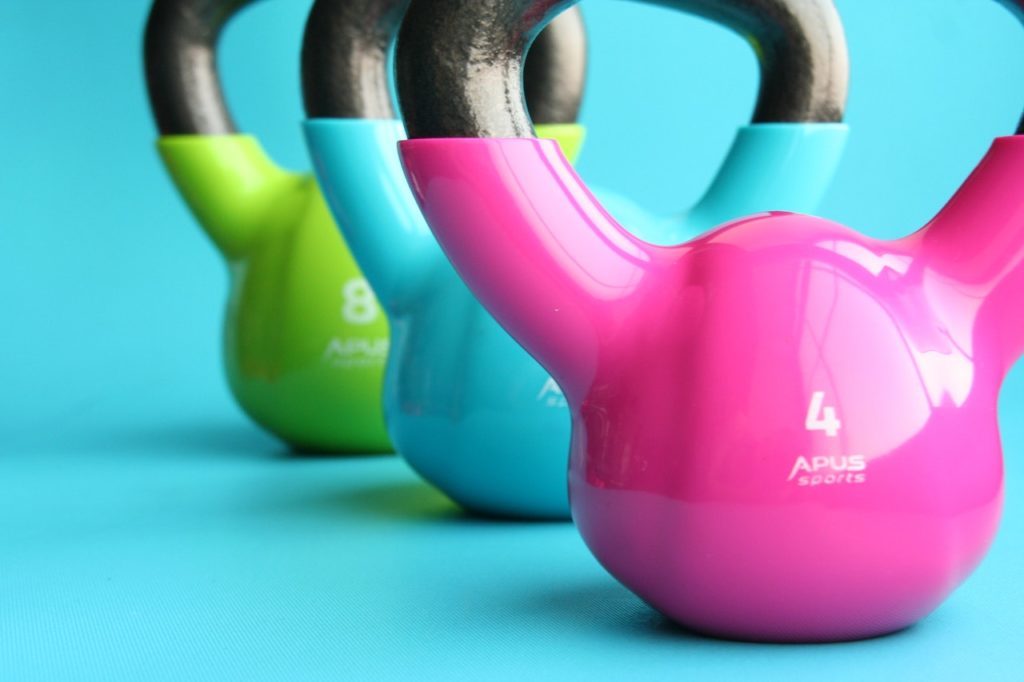Strong Bones, Strong Life: Why Bone Health Matters More Than You Think

When did you last think about your bone health? Strong bones is crucial for a strong, long life.
We don’t usually think about our bone density—until something goes wrong. But our skeletal system is much more than a structural frame. It’s living tissue that stores minerals, protects our organs, anchors muscles, and plays a vital role in our overall health, it even impacts gut and brain health. And just like our muscles, our bones need care, attention, and regular bone strengthening exercise to stay strong and prevent osteoporosis.
Bone density naturally peaks in our late twenties and begins to decline as we age—particularly for women around menopause, when the drop in oestrogen accelerates bone loss. The good news? It’s never too late to take action. Through a combination of weight-bearing exercise, a calcium-rich diet, vitamin D, and lifestyle choices, we can build and maintain healthier stronger bones well into our later years.
Why does this matter? Because low bone density increases your risk of fractures, which can significantly impact mobility, independence, and quality of life as you age.
Three key risk factors for poor bone health include:
1/3 women and 1/5 men over 50 have osteoporosis. Building strong bones is crucial for a strong life.
- Hormonal changes – especially the decline in oestrogen during perimenopause and menopause which leads to bone loss.
- Sedentary lifestyle – lack of regular weight-bearing or resistance exercise weakens bones over time.
- Poor nutrition – under nourishment as well as over eating leading to weight gain, can compromise bone strength and health.
Read on to find out how to support your bone health, strength and bone density with smart habits—so you can stay active, resilient, and strong for years to come.
Why Bone Health Deserves Your Attention
1 in 3 women will end up frail and broken and in a nursing home.
Osteoporosis (brittle bone disease) is a silent condition, with diagnosis often following bone break. Hip fractures in the elderly are the most dangerous, with around 40% of elderly people who break a hip, passing away from complications within 12 months, or at the very least having less mobility than before the break.
And women are at higher risk of poor bone health. We tend to break hips in our 70s, with men following a decade later.
Not only that, our bone health impacts
- Brain health
- Gut microbiome
- Energy metabolism – can alter insulin sensitivity which impacts diabetes and obesity
- Skin – producing hyaluronic acid which helps tissue repair is anti-aging and anti-inflammatory
Know your risk factors
Poor bone density is a problem of midlife and youth that manifests in older years. Diet and activity in our younger years, pays off in our later years.
There are some risk factors for osteoporosis we have no control over, such as age, gender and genetics, with older white women being most at risk of poor bone health.
However, there is a lot we do have control over and minimising these risk factors can help slow bone loss as we age:
- lifestyle – smoking, lack of exercise, alcohol
- poor diet (over and under nourshing): low calcium and vit D, excess fat
- bone breaks after age 20
- are you shrinking/is your mother shrinking?
- did you take steroids?
- hormones – low estrogen, late menarche, early menopause
- genetics – family history of osteoporosis
Take this simple risk test and use this information to have a conversation with your health care practitioner to start improving your bone health:
Click here: to complete the FRAX screening
Oestrogen, Menopause and Bone Loss
Just as we start to build bone when oestrogen rises in adolescence, so we start to rapidly lose bone as we go through menopause and oestrogen drops again.
Another risky time for women is pregnancy. Breast feeding decreases our bone density dramatically. We obviously don’t want women to stop breast feeding their babies, but we can encourage them to actively build their bones again.
For those who can and chose to take it, menopause hormone therapy can have a positive impact on bone density and bone strength.
How to Build and Maintain Strong Bones
This is the exciting stuff – bone is living tissue and as such, can grow and build. Exercising for bone health is key.
And it’s never too late to start.

I can personally attest to this, having rebuilt my bone density from nearly osteoporotic, to just 0.1 off the safe zone again.
How did I do this? Through a specific exercise regime of lifting heavy weights twice a week, and taking MHT (hormone therapy).
How heavy is heavy? Well that depends on the individual and for those new to exercise, it’s recommended you consult a fitness professional to ensure good form to avoid injury.
Eat for Your Skeleton: The Role of Diet

Our bones need good nourishment, in particular a calcium rich diet and vitamin D. If you can, get your blood levels checked annually so that you can monitor your levels and supplement if needed.
Along with a variety of fresh vegetables, eating plenty of protein every day as well as avoiding alcohol and sugar will all help nourish your body and bones.
Keep it simple: the Mediterranean Diet comes in again and again as the recommended diet for optimal health and wellbeing.*
Exercise That Builds Bone: What Really Works
OK, this is the cool bit (well, I’m excited by this!).
When we jump, lift weights or add any resistance to our exercise, the muscle contractions pull the ligaments attached to the bones, sending messages to the bones cells to grow and lay down more bone.
And we want to lift as heavy as possible.
BUT, be careful please:
“Heavy” weights is individual – we all have different ability levels, so this is best done under the guidance of an exercise professional to ensure correct technique.
But what you can do is start with this:
- 20 jumps a day
- Build up to doing 11 push ups on your toes – check out these short YouTube videos where I take you through push up progressions (cameo appearances from my doggos)
read more about resistance/strength training here

Should You Get a Bone Density Test?
In Australia Bone Mineral Density scans are free from age 70. If it is within your means, I personally believe getting a BMD scan around age 45 is important to give a baseline reading. Once you have that, you know whether you need to take additional steps to manage your bone health.
There are a number of different diagnostic tools including BMD scan, DEXA scan, REMS
Small Steps, Big Impact: How to Start Today
OK, this might be a lot, so if you’re new to exercise or you know your diet could be improved, consider starting with this:
- 20 jumps a day. It will take you less than a minute but will have a bit impact on your bones
Want more?
- Do a food diary for 2 -3 days, include all the foods and drinks you have. Could you add more vegetables? Or maybe a bit more calcium or protein. Again, seek guidance if you can.
Most importantly, know your risk factors and know that you can improve your bone health. Start small and be consistent.
With our average health span coming in 12 years less than average life span, I hope you agree that making better lifestyle choices to improve the chance of longer health span, is worth it.
Please book a FREE 15 minute call if you would like to get some more guidance from Anja
*Disclaimer: this is general advice, please seek guidance from a dietician, your medical professional or fitness trainer for specific advice for you.

